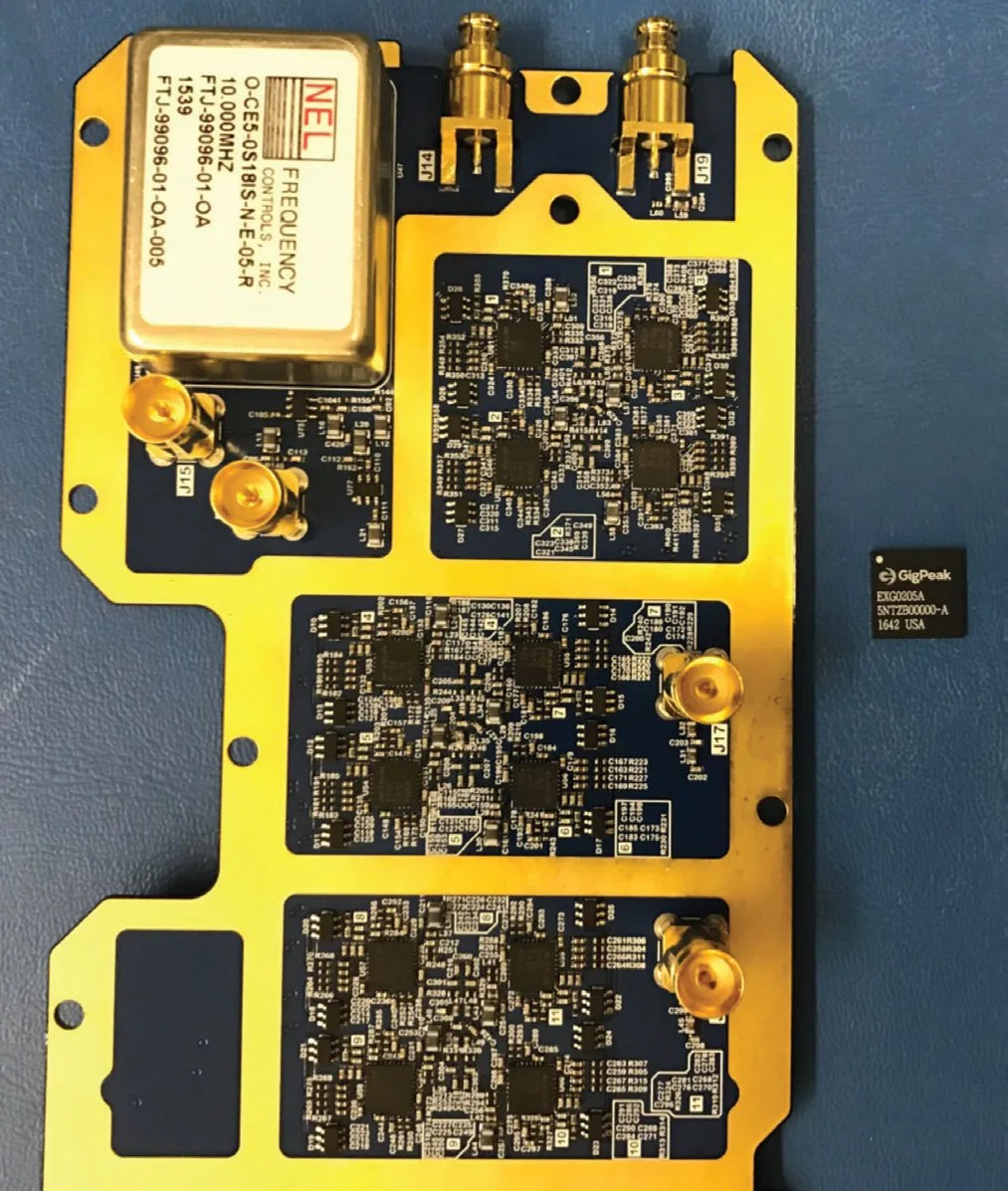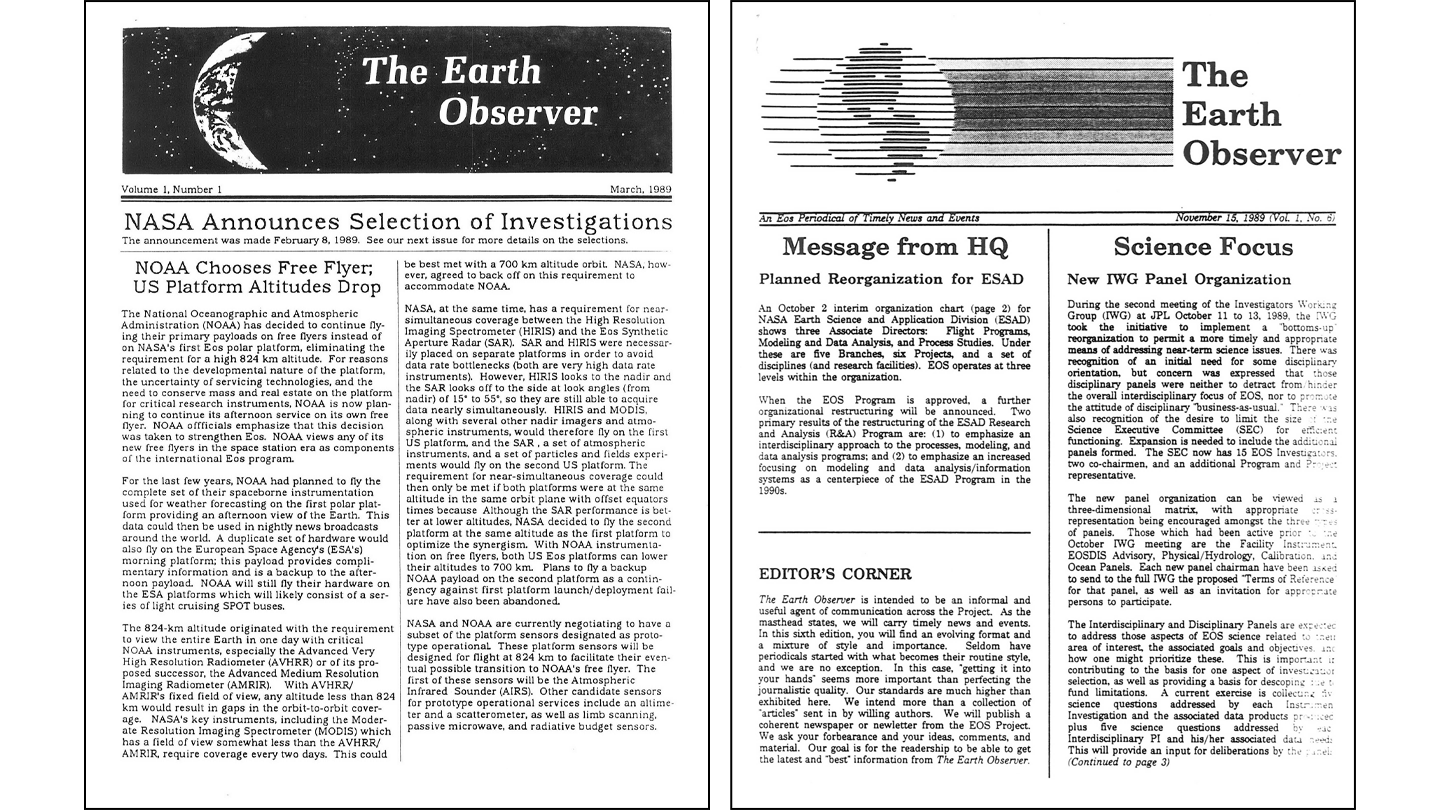Technology Development
An SMD-sponsored project successfully designed, fabricated, and tested a new application-specific integrated circuit (ASIC) intended to enable high-quality radio occultation (RO) weather observations using signals from the Global Navigation System Satellite (GNSS) constellations. RO measurements are made when a satellite receives the radio transmissions from GNSS satellites through the limb of the atmosphere. Information about atmospheric temperature, pressure, and water content can be derived from the refraction of the GNSS signal as it passes through the atmosphere.

The new design supports four radio frequency (RF) inputs capable of receiving three GNSS signals per input in a single ASIC, allowing reception of all known GNSS networks worldwide. Multiple RF channels on a GNSS receiver is a unique feature that could also enable precision beamforming. Large beamforming arrays may provide the necessary signal-to-noise ratio to produce ocean altimetry and scatterometry observations.
To verify its performance, the project team integrated and tested the ASIC chip using a simulator and a beamsteerable antenna. During testing, they found the group delay and phase stability to be an order of magnitude better than current receivers. This technology advanced to TRL 4 in 2017, from an initial TRL of 2 when the project began in 2015.
Impact
These small, low-power ASICs will be easier to accommodate on missions of opportunity than current technologies, and could enable constellations of small satellites that provide more frequent coverage and improve weather prediction.
Future Plans
NASA is infusing this new ASIC into a prototype multi-static radar instrument for remote sensing. This new instrument concept targets a low-cost mission to study wetland dynamics and soil moisture content using forward-scattered GNSS signals.
Sponsoring Organization
The Earth Science Division’s ACT program funded the development of the Beamsteerable Circuit to Expand Radio Occultation Measurement Capabilities. The Principal Investigator is Michael Shaw of GigOptix, Inc.


































